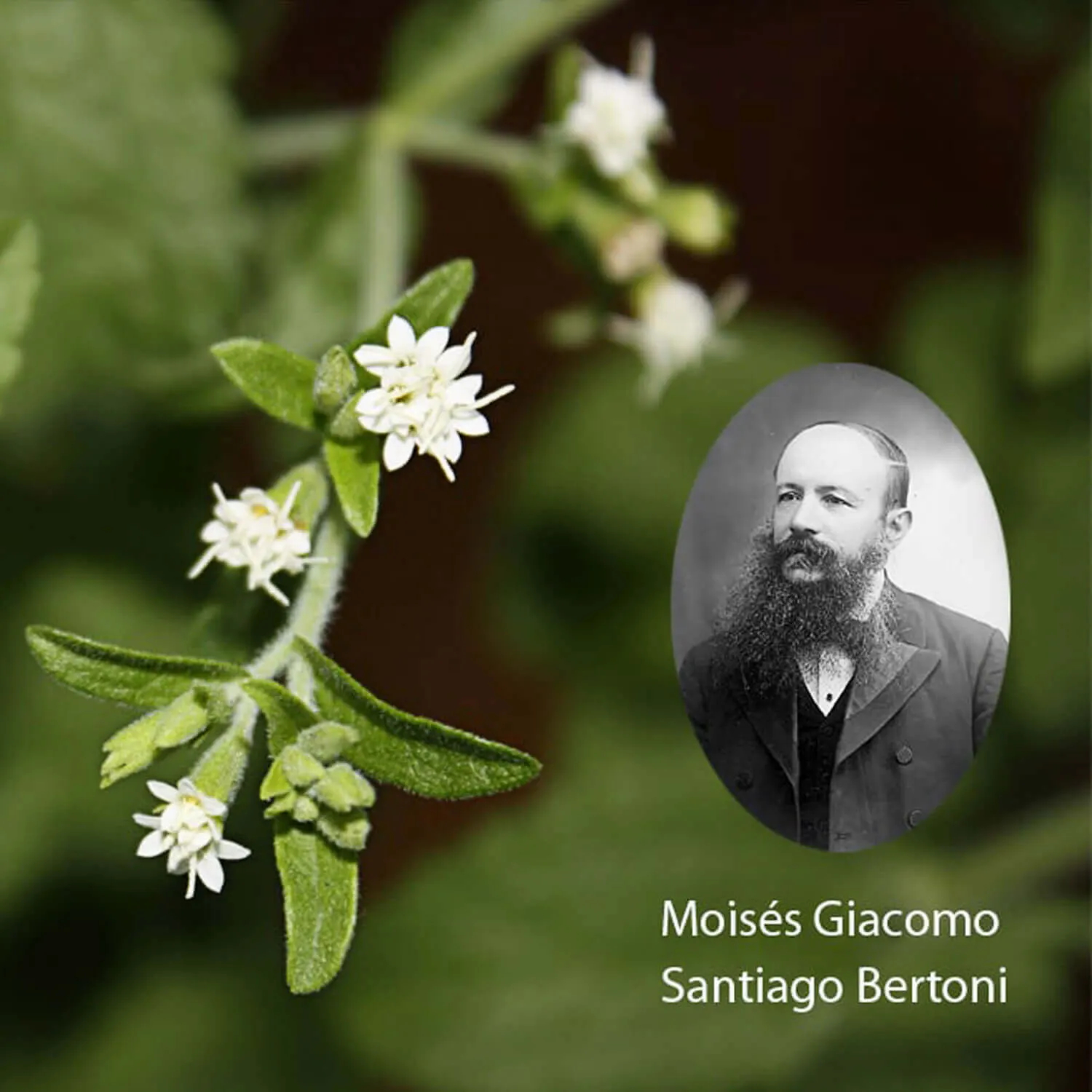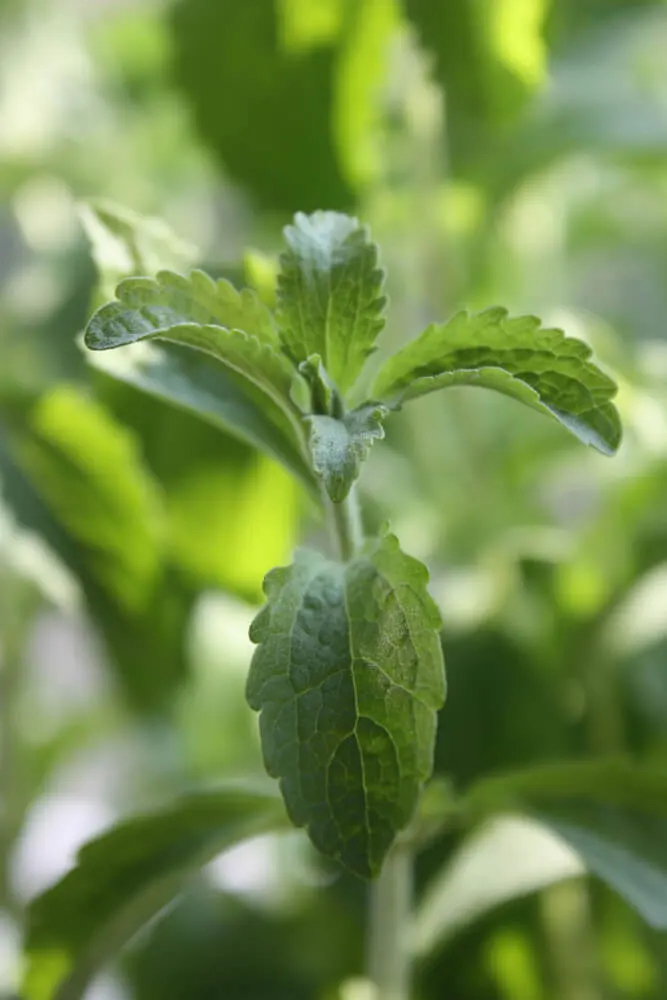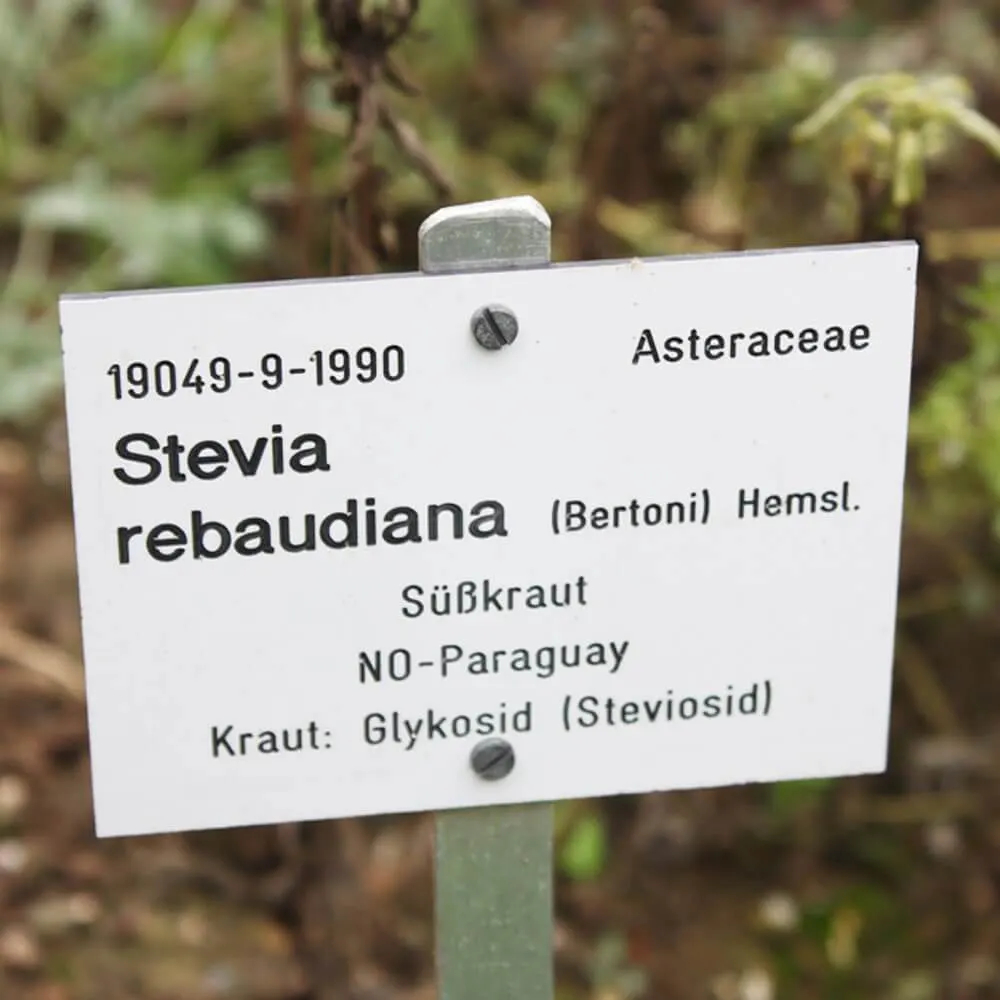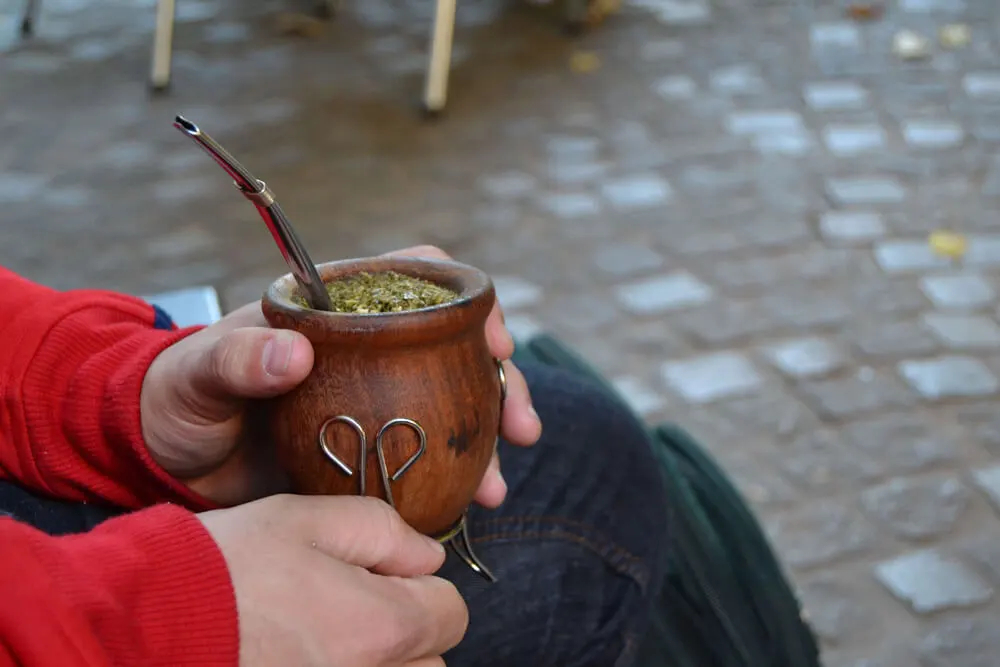Origin and history of Stevia
The origin of the Stevia rebaudiana plant is in the South American country of Paraguay. Among the native population, Stevia is also known as sweet herb, Caa-Hee or as Yerba dulce.
Not only the Guarani Indians, but also the Indians of Mato Grosso still use Stevia as a healing and sweetening agent.

The discovery of Stevia by Moisés Giacomo Santiago Bertoni
The Swiss naturalist Moisés Giacomo Santiago Bertoni settled on the banks of the Paraná River in Paraguay, in the border region with Brazil, in 1884 and discovered the honey leaf, also called Caa-Hee.
In 1905, the Stevia plant was renamed Stevia rebaudiana Bertoni in honour of the discoverers Moisés Giacomo Santiago Bertoni and the chemist Ovidio Rebaudi.
Rebaudi was the first to isolate and name the sweet Stevia constituents of the leaves of the Stevia plant. The description of steviosides in its current form goes back to the French chemists M. Bridel and R. Laveille in 1931.


The spread of Stevia
In Japan, the sweetener Stevia became popular as early as 1950 and now has a significant share of the sweetener market. Today, Stevia is widely used in the Asian region.
In contrast to the Western world, it took a long time for the US Food and Drug Administration (FDA) to approve steviol glycosides in 2008.
Steviol glycosides have now received the GRAS certificate (GRAS = generally regarded as safe) and are classified as fundamentally safe in the USA.
This was followed by France with the approval of Rebaudioside A 97 in 2009. In December 2011, steviol glycosides were finally also approved in the EU by the EFSA. Today, the sweetener Stevia is approved almost worldwide
Stevia Customs and Naturopathy
In South America, the popular mate tea has been sweetened with Stevia for centuries. The native inhabitants use the whole Stevia leaves or the ground green Stevia leaf powder for sweetening.
Not only the Guarani Indians, but also the Indian tribes of Mato Grosso still use Stevia as a healing and sweetening agent. They used liquid Stevia for physical weakness, blood pressure, stomach and intestinal complaints as well as skin and fungal problems.

Yerba Mate tea sweetened with Stevia
In Latin America today, especially in Argentina, Brazil, Peru and Paraguay, medicines with Stevia are offered for asthma, diabetes and flu. An abundance of Stevia tea blends with natural herbs for allergies and obesity can be found in health food shops or traditional markets in South America.
Many Stevia products are now sold in supermarkets and drugstores worldwide.
However, many of the Stevia products offered there are often made with low qualities of Stevia extracts. You can see this in the ingredient list of the products if they have dextrose, sucralose, glucose or flavourings added.

 German
German Dutch
Dutch French
French Italian
Italian Portuguese
Portuguese Spanish
Spanish
